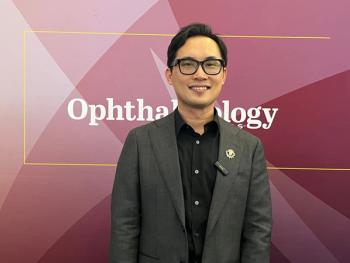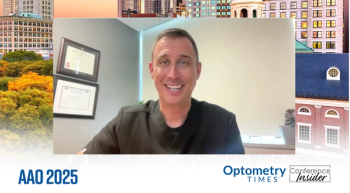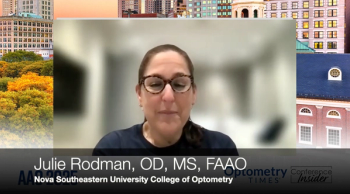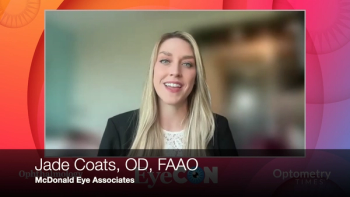
Triaging ocular emergencies
Blair Lonsberry, MS, OD, MEd, FAAO, shares key takeaways from his AOA 2022 presentation, "Triaging Ocular Urgencies and Emergencies."
During this year's 2022 American Optometric Association (AOA) Optometry's Meeting, Blair Lonsberry, MS, OD, MEd, FAAO, presented, "Triaging Ocular Urgencies and Emergencies."
This transcript has been lightly edited for clarity:
My name is Blair Lonsberry, I teach at Pacific University. I'm doing a lecture to the paras, really focusing on triaging ocular emergencies and emergencies.
I think it's really important that the staff is actually the first contact for patients when they're calling in on an emergency. So the lecture's really focusing on triaging those emergencies, finding out what's really important, what can be seen that day, what needs to be held off for other days, and then giving them some more information on those different conditions. Knowledge is power. So at that point, if they understand those different conditions, then they'll feel more comfortable in triaging them and expecting when patients come in and what they should be doing for those conditions.
So I think the majority of patients who do call in are for red eyes. So asking pertinent questions like, is it one eye, is it both when did it start, did they do anything that makes it better or worse? Then I think the other ones are sight-threatening conditions. So patients that call in with flashes of light, but we get worried about things like retinal detachments. So I think really kind of getting those patients that we really do need to see that day versus patients that could potentially be seen the next day or a week from now.
[It] absolutely increases patient care because we need to be able to triage those truly emergent patients to prevent not only potential vision loss, like flashes and floaters can result in retinal detachments, but also just for continuity of care, as well. So patients know that when we tell them that they need to call us if they see any flashes and floaters, the staff needs to know that. So when they do call in, they are scheduled — that's what we told them to do.
I just think it's a really exciting lecture for paras. I think that they a lot of times get kind of basic information. And this one, I give the same lecture I give to the paras as I give to the doctors. And so I feel like giving them the same education as I do the doctors, just maybe not as much treatment.
Newsletter
Want more insights like this? Subscribe to Optometry Times and get clinical pearls and practice tips delivered straight to your inbox.








































